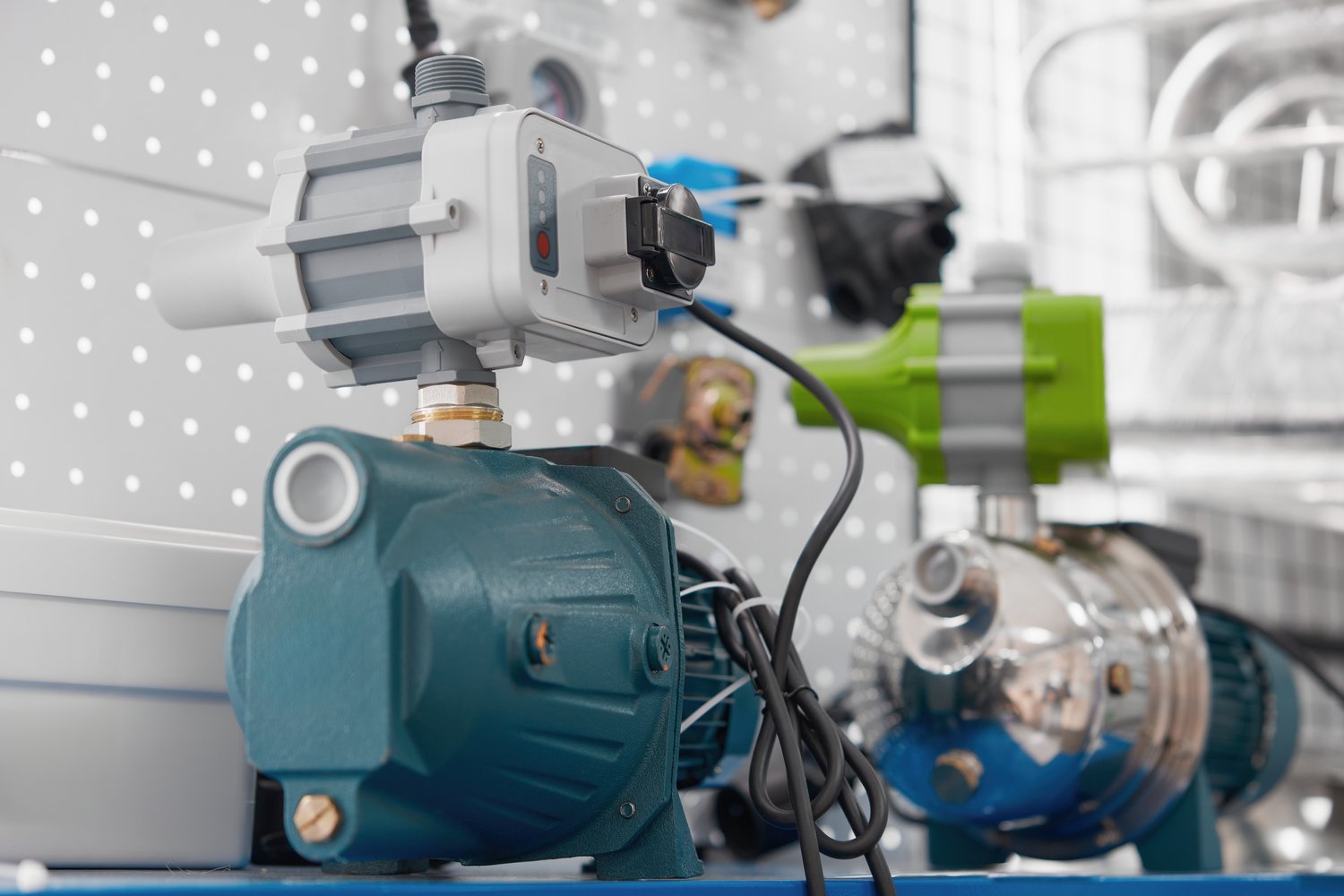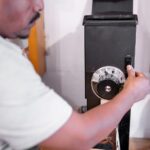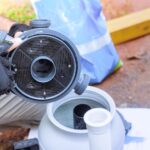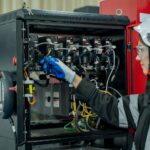Imagine turning on a tap and instantly getting hot water—no more waiting, no more wastage. The magic lies in hot water recirculation pumps, a solution that’s revolutionizing plumbing systems in homes and businesses alike. This guide takes you through the ins and outs of these pumps, ensuring you maximize comfort and efficiency while conserving water.
- Learn how hot water recirculation pumps can drastically reduce water wastage and enhance immediate access.
- Discover key pre-installation considerations to choose the right pump and gather necessary tools.
- Follow detailed steps to efficiently install your pump, optimizing for performance and energy conservation.
- Explore maintenance tips to keep your recirculation system running smoothly and effectively.
Whether you’re a DIY enthusiast or considering professional consultation, this guide equips you with the knowledge to successfully install and maintain a hot water recirculation pump, ultimately leading to enhanced water availability and reduced utility bills.
Understanding Hot Water Recirculation Pumps and Their Benefits
Hot water recirculation pumps are a transformative solution in modern plumbing, designed to circulate hot water efficiently throughout your home’s plumbing system. This ensures that hot water is readily available at every faucet, significantly reducing wait times and enhancing comfort.
The primary advantage of these systems is the conservation of water. By keeping hot water accessible at all points, there’s no need to run the tap for extended periods, waiting for hot water to arrive. This not only helps save on water bills but also contributes positively to environmental conservation efforts.
Energy efficiency is another critical benefit of hot water recirculation pumps. Modern systems are designed to reduce energy consumption through advanced technologies that efficiently manage water heating cycles. The result is a system that supports lower utility costs while maintaining optimal hot water availability.
Furthermore, these pumps can improve appliance efficiency by reducing the wear and tear associated with frequent use and extensive waits. This means that over time, your plumbing system can operate more effectively, contributing to an extended service life of fixtures and fittings.
Investing in a hot water recirculation pump not only enhances the immediate comfort and convenience of your living space but also delivers long-term savings and ecological benefits. It’s a smart choice for both residential and commercial users seeking to upgrade their plumbing systems.
Pre-Installation Considerations and Tools Required
Before embarking on the installation of a hot water recirculation pump, a thorough assessment of your existing plumbing setup is essential. Begin by identifying the layout and accessibility of your piping system to ensure compatibility with the new recirculation pump.
Choosing the right pump is vital. Consider factors such as the size of your home, the specific needs of your household, and energy efficiency ratings when selecting the most suitable model. Your choice will impact the overall performance and savings achieved by the system.
A successful installation requires the right tools. Commonly needed equipment includes wrenches, pipe cutters, Teflon tape, and sometimes additional fittings or adapters depending on your specific plumbing configuration. Having these tools ready will streamline the installation process and help avoid unnecessary delays.
Additionally, assessing the condition of existing pipes for any signs of wear or damages is crucial. Addressing potential issues beforehand can prevent complications during or after the pump installation.
Careful preparation and an understanding of your plumbing needs are key steps in ensuring a smooth installation process for your hot water recirculation system. This preparatory phase sets the foundation for a successful and efficient upgrade, maximizing the benefits of the new system.
Step-by-Step Installation Guide for Hot Water Recirculation Pumps
Installing a hot water recirculation pump can significantly enhance water flow efficiency and save energy. Follow these steps to ensure a smooth installation process.
1. Prepare for Installation: Start by turning off the water supply and draining the existing water lines. This step prevents leaks during setup.
2. Identify the Installation Point: The pump is typically installed near the water heater. This location helps in optimizing the flow rate and reduces energy consumption.
3. Connect the Pump: Attach the pump to the outlet pipe of the water heater using a wrench and appropriate fittings. Ensure all seals are secure to prevent leaks.
4. Install the Return Line: Run a return line from the farthest fixture back to the water heater, creating a complete loop. This loop ensures a continual flow of hot water.
5. Integrate the Check Valve: To maintain proper water direction, install a check valve upstream of the pump. This component prevents backflow and ensures consistent water delivery.
6. Power the Pump: Connect the pump to a power source. Opt for an outlet or hardwire the unit, following electrical safety guidelines.
7. Test the System: Turn the water supply back on and test the pump. Ensure that the system achieves the desired pressure and immediate hot water availability.
By adhering to these steps, you’ll achieve optimal functionality and energy conservation from your hot water recirculation pump.
Hot Water Recirculation Pumps: Installation Guide to Eliminate Cold Water Wait Time
After installation, maintaining your hot water recirculation system is crucial for long-lasting efficiency. Explore these maintenance tips and best practices to keep it running smoothly.
Regular Inspection: Frequently check all connections for potential leaks or wear. Promptly address any issues to maintain the system’s integrity.
Water Quality Checks: Poor water quality can lead to mineral buildup. Regularly inspect and clean components to prevent blockages that could impede performance.
System Testing: Conduct periodic tests to confirm that hot water is available at all fixtures without delay. Adjust the pump settings as necessary for consistent results.
Routine Servicing: Schedule professional maintenance to ensure optimal operation and address any advanced mechanical concerns.
Implementing these strategies will help maintain your hot water recirculation pumps, ensuring reliable hot water access while conserving energy and reducing utility costs.
Frequently Asked Questions about Hot Water Recirculation Pumps
What is a hot water recirculation pump?
A hot water recirculation pump circulates hot water throughout your plumbing system to ensure instant access at taps, reducing waste.
How does a hot water recirculation pump save water?
By providing immediate hot water, it eliminates the need to run taps while waiting for water to warm up, thus saving water.
Can I install the pump myself?
Installation can be done DIY with proper tools and instructions, but consult a professional for complex systems to ensure safety.
What tools are required for installation?
You’ll need a selection of tools, including wrenches, pipe cutters, and Teflon tape.
Are there different types of recirculation pumps?
Yes, there are timer-based, demand-controlled, and continuous loop systems, each with unique benefits.
How do I maintain my recirculation pump?
Regularly check connections for leaks and perform periodic cleaning to ensure efficiency.





